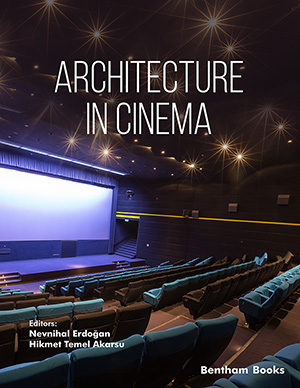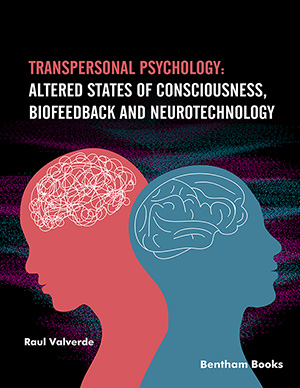Abstract
The Architect, made in the USA in the 20th century, is an impressive work
that has managed to tell the sad stories of two different families with an “architectural
theme”. In the movie, the actors, each with a different character, present their different
lives to the audience in the “social housing project”. The EdenCourt social housing
project, which was built by the architect with great hope and an idealistic approach, lost
its function over time, gained different meanings, and emerged as a problem years
later. The difficulties of the people living in these residences are discussed in the life of
one of the main characters. The idea that “architecture is not about making models” is
tried to be explained with characters and events within the framework of the film.
Attention was drawn to the necessity of keeping up with the change as a result of
completing the requirements of architectural formation. In the film, it is emphasized
that architects, who act depending on the changing demands of society, socio-politica-economic environments, and technological developments, can go beyond modeling by
preserving the ecological balance, understanding the demands of the social structure,
and providing it. The fact that the architectural elements shaped by the experiences of
their users have lost their function over time has been the subject of the film. In this
context, it is possible to think that the film is fictionalized over the settlements that are
referred to as the 'failures' of modern architecture. The “failure” of the social housing
project is portrayed in the film, which is designed to give a message in every frame. In
the context of the relationship between the art of cinema and architecture, it can be
considered as a common point that both disciplines use space and time in terms of
“designing, producing and presenting techniques”. Just like an architect, the director's
physical, cultural, social, etc. The fact that he tries to visualize and construct events by
fictionalizing them can be considered an indication that architecture and cinema have
similar aspects. The effort to capture and understand the architectural touches in both
social and physical dimensions while watching a movie also reveals the visual impact
of architecture and cinema.
Keywords: Architecture, architect, building, cinema, designing, ecosystem, film, housing, modern architecture, making model, model, maslow, producing, scenario, social housing project, space, time, theme, visual effect, vertical ghetto.







